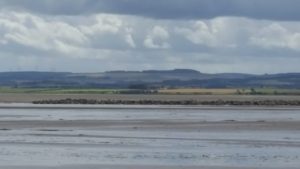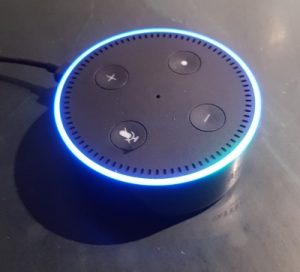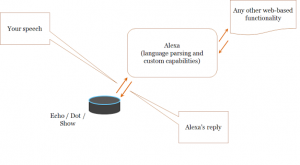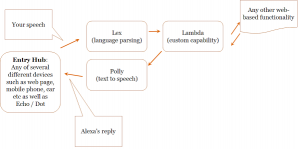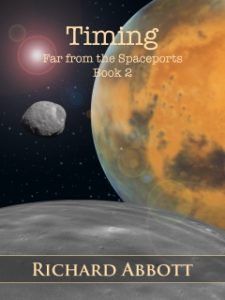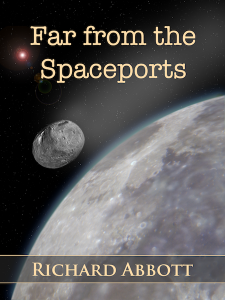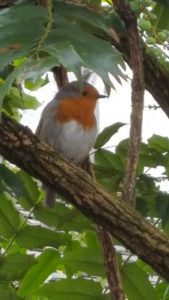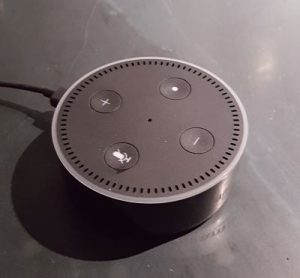I thought today I’d share some research I have been doing for my WIP science fiction book, The Liminal Zone.

For various plot reasons I needed to know the answer to the following problem. Suppose you were standing on the surface of Pluto’s moon Charon, looking up at Pluto, fully lit by the sun… how bright would that be compared to looking up at the full moon from Earth?
This depends on a few factors:
- How bright is Pluto compared to our Moon?
- How big are Pluto and Charon compared to Earth and the Moon?
- What is the separation between Pluto and Charon compared to that between Earth and Moon?
- How much light from the sun falls on Pluto or Charon compared to Earth and Moon?
The relationship between these various factors boil down to a fairly simple equation – comparing everything to the full moon brightness, which is fairly familiar to us, you have to:
- Scale up by the ratio of intrinsic reflectivity of the two bodies (called the albedo)
- Scale up by the ratio of the apparent area of sky covered by the two bodies
- Scale down by the square of the relative distance from the sun.
The apparent area can be calculated relatively easily knowing the radius of the body in question and the distance apart.
At this point you start looking up the raw figures from any of several science sites (a handy list follows below).

Let’s first think about the simpler problem of how bright a “Full Earth” is as seen from the Moon. The Earth is, on average, 2.5 times as reflective as the Moon (that’s averaging over cloudy and clear skies, land and water, etc), and the area of sky it covers is about 14 times that of the Moon. So a Full Earth as seen from the Moon is about 35 times as bright as the Full Moon as seen from Earth. Quite a sight.

Let’s move out to Pluto, and imagine we are standing looking up at a “Full Charon”. Charon is brighter than the Earth, is much smaller, much closer to Pluto than our Moon is to us, and much much further away from the sun (forty times further on average).
When you put all those figures together you find that the apparent diameter of Charon in Pluto’s sky is nearly eight times that of our Moon, so nearly sixty times the apparent area. Scale up for the extra brightness and down for the distance from the sun, and you find that Charon has about 1/6 of the brightness of our full moon. Probably still just enough to cast shadows.

And finally, looking up at a “Full Pluto” from Charon. Pluto is about twice the size of Charon so about four times the area. By way of comparison, that means Pluto would nicely fit inside either the top or bottom half of the constellation Orion – between belt and shoulders, or belt and feet. Pluto is also brighter than Charon. Put that all together and you find that Pluto’s full light is about two thirds that of a full moon here.
I found this quite a remarkable fact when I crunched the numbers. Go all the way out from our Earth to the furthest of the standard nine planets, and the experience of standing on Charon looking up at Pluto is almost the same – in terms of brightness – as standing here looking up at the Moon. A useful comparison for my character, who is doing just that.
Facts and figures for the curious…
Albedo values (average)
- Moon 0.12
- Earth 0.3
- Charon 0.45
- Pluto 0.6
Radius values
- Moon 1737 km
- Earth 6371 km
- Charon 606 km
- Pluto 1187 km
Distances from planet to moon
- Earth-Moon distance 384,400 km
- Pluto-Charon distance 18,384 km
Apparent angular size
- Moon from Earth 0.5 degrees
- Earth from Moon 1.9 deg
- Charon from Pluto 3.8 deg
- Pluto from Charon 7.4 deg



